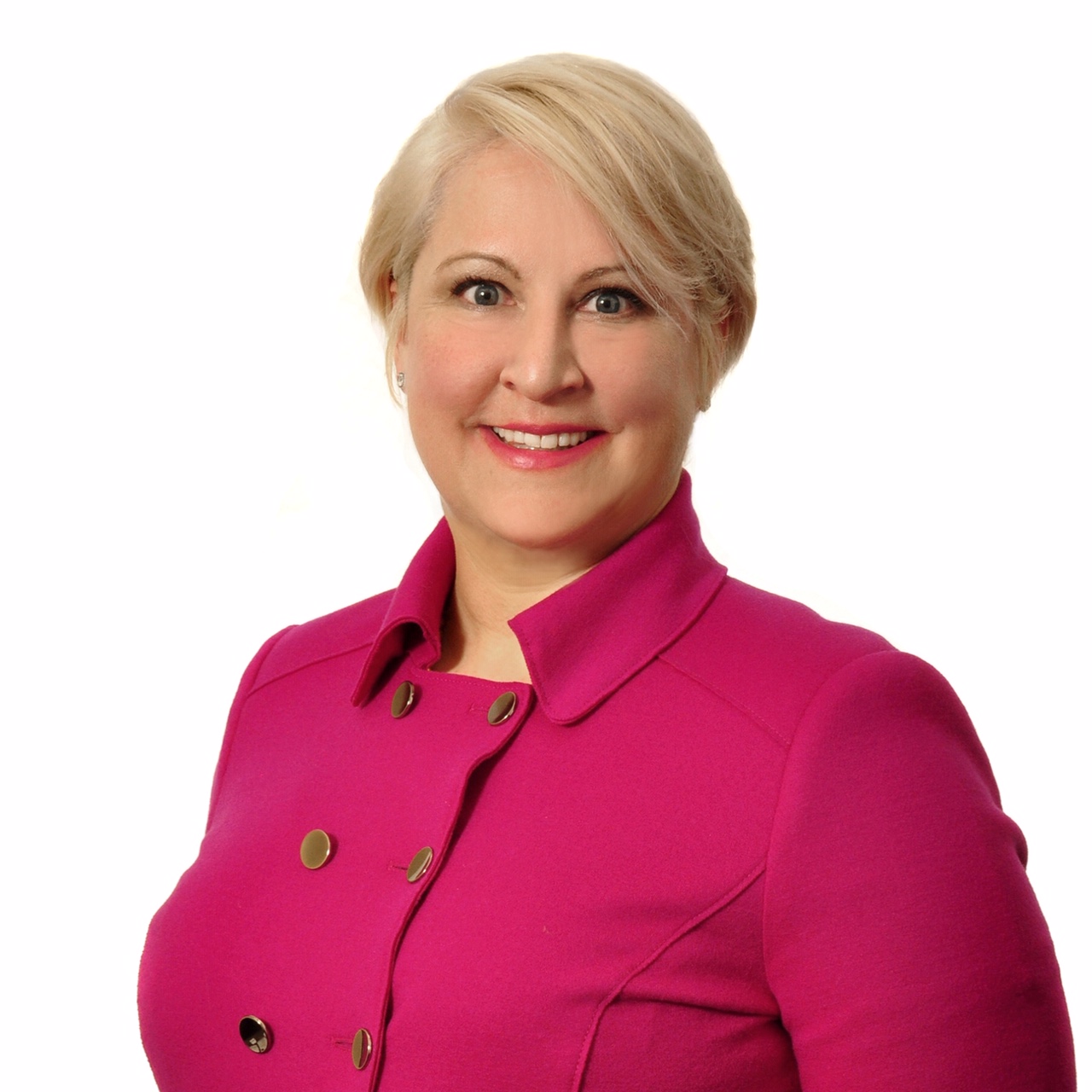
The provincial government recently released new guidelines around testing and self-isolation for those potentially exposed to COVID-19, with different rules for the vaccinated and unvaccinated. Photo credit: Getty/Forbes
Under the Supporting Ontario’s Recovery Act Ontario workers, employers, volunteers, non-profits and other organizations who make an “honest effort” to follow public health advice, public health guidance and the applicable laws are protected from liability, including vicarious liability, which is important to employers in the event of transmission to third parties. As such, staying abreast of current developments is key for employers wishing to take advantage of such protection from liability as they are attempting to return to operating their businesses.
On August 11, 2021, in response to the Delta variant that is driving the fourth wave of COVID-19, the Ontario government released new guidelines around testing and self-isolation for those who might be exposed to the virus — with the rules dependent on vaccination status. Particularly, the ‘Haves’ (those with two doses of vaccine) will be subject to fewer restrictions and more lenient isolation requirements compared to the ‘Have Nots’.
What are the new rules?
The Haves who are asymptomatic and exposed to a confirmed case are “likely” (public health unit dependent) not required to self-isolate, but should get tested, self-monitor for any symptoms for 10 days, and follow public health measures (e.g., wear masks). A Have Not must self-isolate for 10 days and immediately get tested.
If a Have is exposed to a confirmed case and does develop symptoms, they are instructed to self-isolate and get tested right away. Where positive they must self-isolate for 10 days. Where negative, they can stop self-isolating once symptoms have improved for at least a day, or two days for gastrointestinal symptoms. The Haves in this category who are members of the same household don’t need to self-isolate if they’ve been vaccinated, while the Have Nots need to self-isolate until the exposed person gets a negative test result.
If a Have Not comes into contact with a confirmed case, the rules are different. The Have Nots must self-isolate for 10 days and immediately get tested. Where negative, a second test is recommended on or after day seven of that self-isolation period and must self-isolate for this period following their last exposure, even if they test negative.
If a Have Not who has been exposed has no symptoms, fully-immunized household members don’t need to self-isolate – however, if they aren’t vaccinated, the household member should stay home except for “essential reasons” like work or school during this isolation period.
Where a Have Not is exposed and does have symptoms, they must be improving for at least a day or two where gastrointestinal symptoms before isolation can end. Have household members in this situation don’t have to self-isolate, but Have Nots who don’t have their shots should self-isolate while the exposed person is awaiting test results, then stay home except for “essential reasons” during the exposed person’s isolation period.
To assist with understanding these rules the province has provided a High Risk Contact Flow Chart. It is recommended that you post, email or otherwise distribute this chart to employees, answer questions on, and provide training on it. Communication and training are key to reducing the spread and reducing potential liability.
What does this mean to your workplace?
During a public health crisis, privacy laws still apply, however they are not a barrier to appropriate information sharing. In Ontario we do not have specific provincial privacy legislation (only the Health Information Privacy for the health sector), but that does not mean that employers aren’t obligated to protect employee privacy or face potential liability (not covered the Supporting Ontario’s Recovery Act). Employee’s privacy must be maintained whenever possible. Why? A COVID-19 diagnosis is private health information, as is vaccination status.
Employers must balance their obligation to take reasonable steps to provide a safe workplace for their employees under the OHSA (Ontario Health and Safety Act) and to track and report an exposure or potential exposure with their duty to protect employee privacy rights. In doing so workplace best practices include:
- Getting consent to disclosure where possible;
- Having clear, communicated policies in place, including consequences for breaching. Both the policies and the reasons for them should be clearly communicated to employees so they understand not only the importance of the policy and why it is in place, but also their obligations under it.
- Providing training on and reminder about employees’ obligations under these policies; and
- Consistently and fairly applying such policies, including the consequences for breach.

Sheryl L. Johnson brings a proactive, creative, and vibrant attitude to her labour, employment and human resource law practice. Sheryl has extensive experience in representing clients in both the provincial and federal jurisdictions on all matters relating to employment and labour law, including for example construction labour law, employment related civil wrongful dismissal, human rights, and labour board litigation; privacy, governance, statutory and regulatory compliance, and executive compensation matters; as well as conducting workplace training and workplace investigations. Sheryl is also an avid educator and writer, including authoring a bi-weekly business column in The Niagara Independent and the text: Sexual Harassment in Canada: A Guide for Understanding and Prevention. Sheryl enjoys in her free time giving back to the Niagara community. She is a member of the WIN Council, Chair of the Board of Directors for the Niagara Jazz Festival, Vice-President of the Board of Directors for the YWCA Niagara Region, Secretary of Big Brothers Big Sisters of Niagara Falls Board of Directors, a board member of the Niagara Home Builders Association, and a board member of the Women in Construction group of the Niagara Construction Association.




















